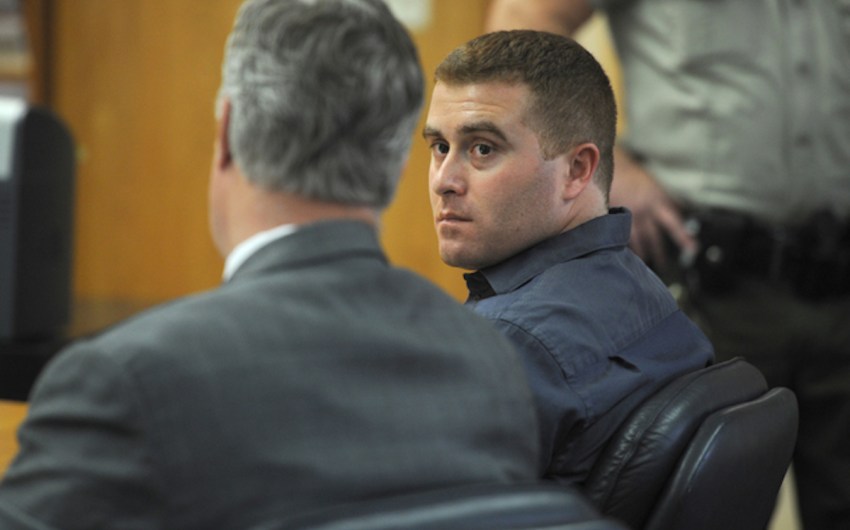Vision for Santa Barbara’s State Street Bogged Down by Details
State Street Advisory Committee Members Frustrated After Three-Year Planning Process

From the beginning, planning the future of State Street has been an enormous undertaking. For three years, the city has held dozens of public meetings, with hundreds of hours of discussion and input from countless community members and organizations, in an attempt to create a vision that would bring a sense of vibrancy back to downtown Santa Barbara.
At the July 15 meeting of the State Street Advisory Committee — the 17-member group of city councilmembers, architects, and creatives tasked with steering the direction of the State Street Master Plan — a few committee members expressed their frustration with the drawn-out process and lengthy debates over the balance of pedestrians, bicyclists, and vehicles.
Roger Durling, executive director of the Santa Barbara International Film Festival, said he was disappointed that the committee hadn’t ever shared ideas or visions, but instead had spent the past three years going over staff-driven presentations and wasting time “sitting around talking about lanes and stuff.”
“The city deserves better,” Durling said. “Years from now, we’re going to be judged by what we did. And right now, this is lacking, and it’s not visionary — it’s not bold.”
City Councilmember Meagan Harmon, who represents the downtown district, said that the same lengthy discussions have been the “meat and potatoes” behind the master plan.
“These are the foundational questions we need to answer as a committee before we begin to address some of the whimsy and the poetry and the exciting stuff,” Harmon said.
The committee took several straw-poll votes to gauge support for the basic framework of the latest design proposal revealed at the previous meeting on June 26. The proposal calls for a pedestrian-focused Grand Paseo at the city’s core, bracketed by districts that reintroduce bikes and vehicles at either end.
In the straw-poll votes, a majority of the voting members supported the staff’s recommended plans for curb-less, “flat and flexible” sections, though several committee members gave specific direction on the separation of pedestrians and bicycles.
The city will take the committee input and create a working draft plan, which would be revealed to the public and the advisory committee for comments before going through the planning review boards and to the City Council for approval.
“I was hoping that by this point in the process, we’d have a fully developed draft plan addressing land use, housing, mobility, homelessness, economic development, etc.,” said Committee Chair Dave Davis. “That was the plan. But we didn’t get it.”










